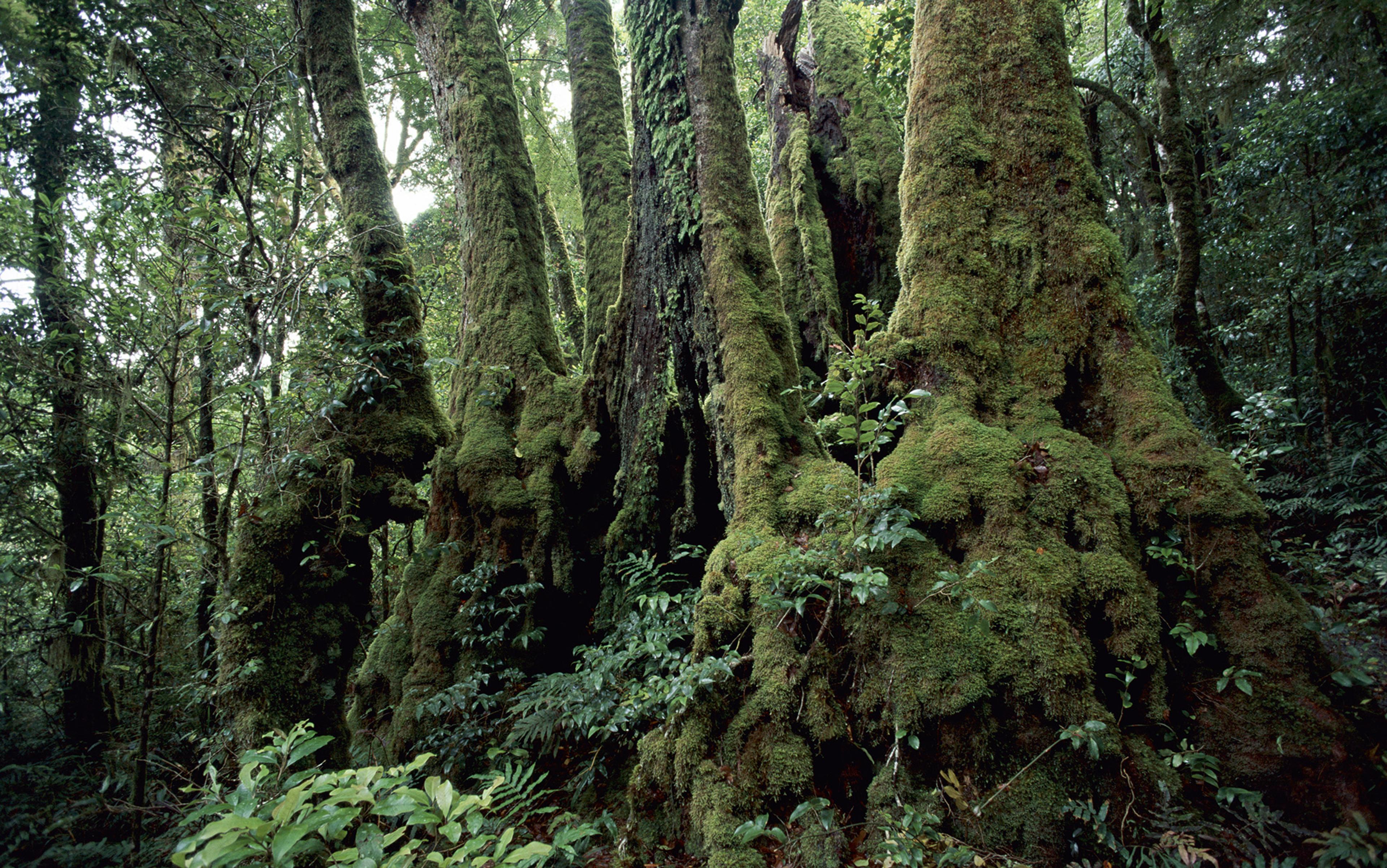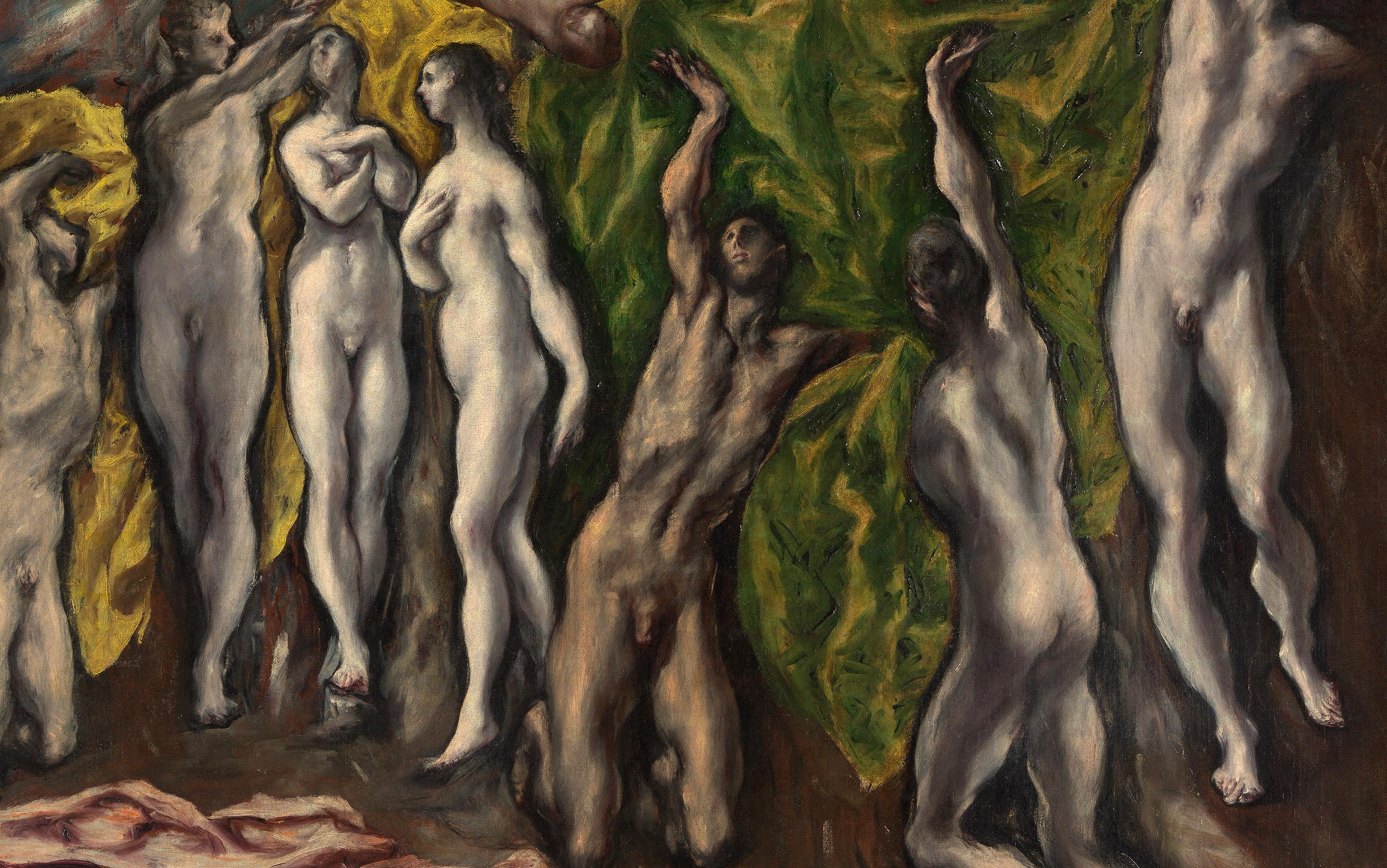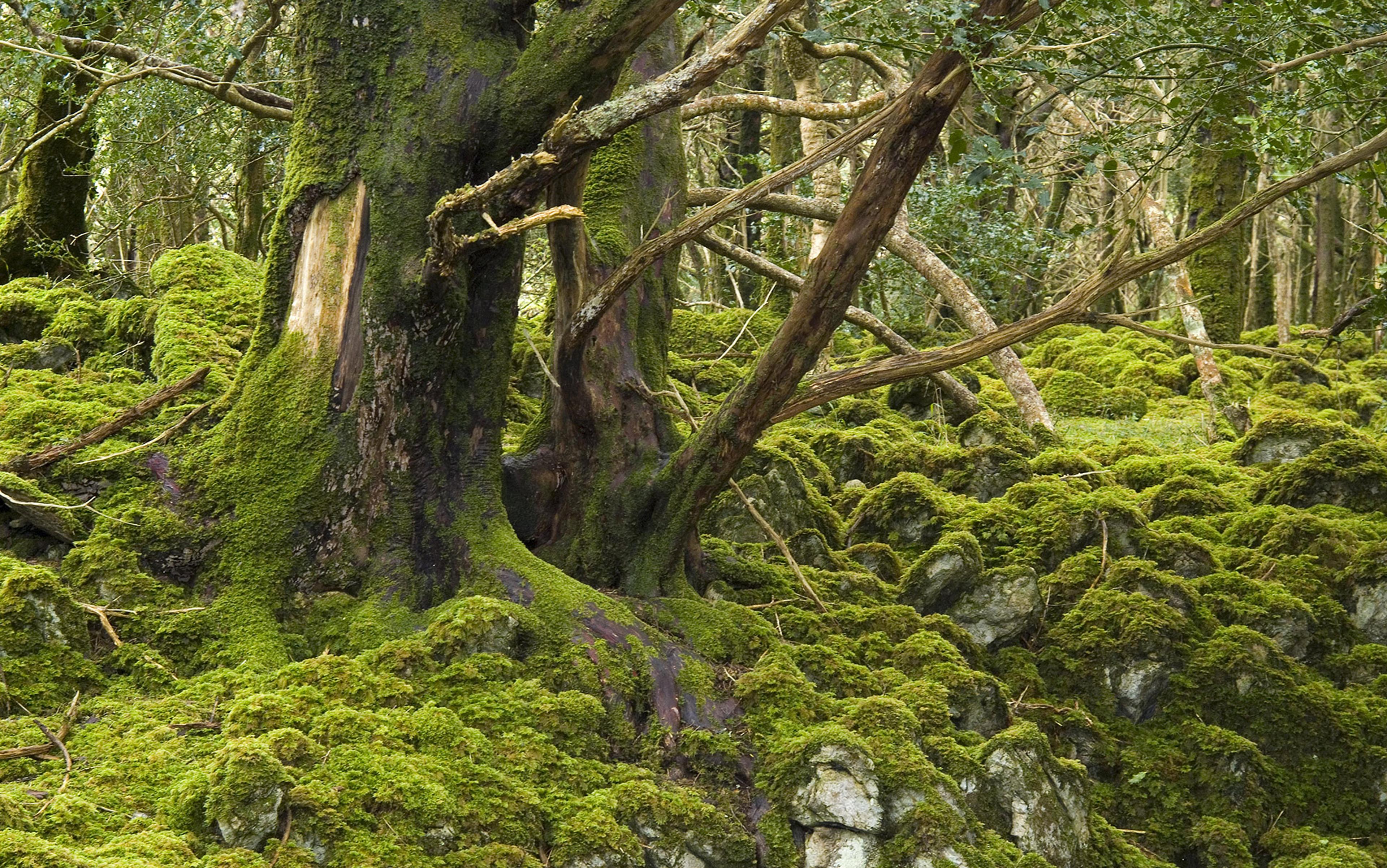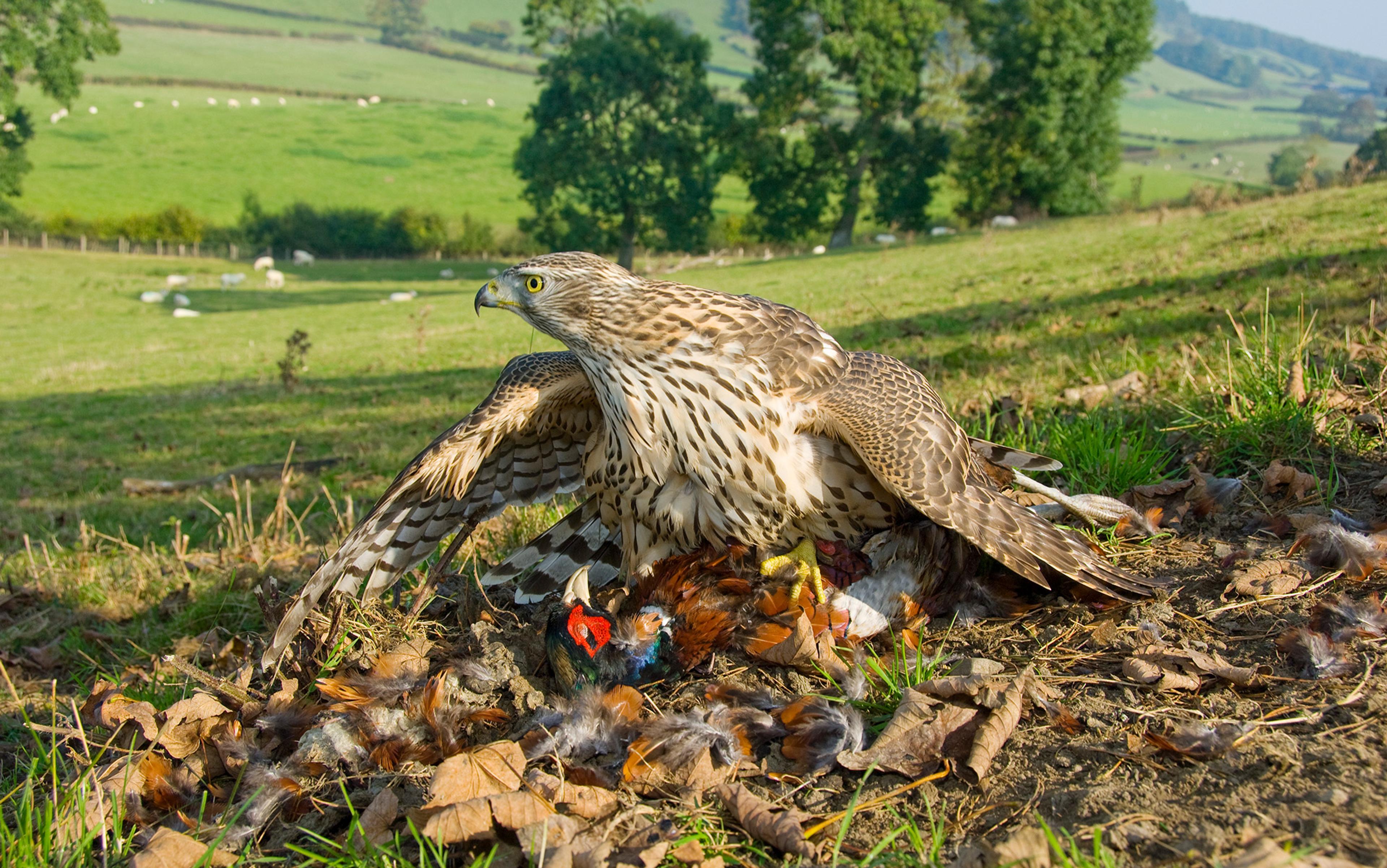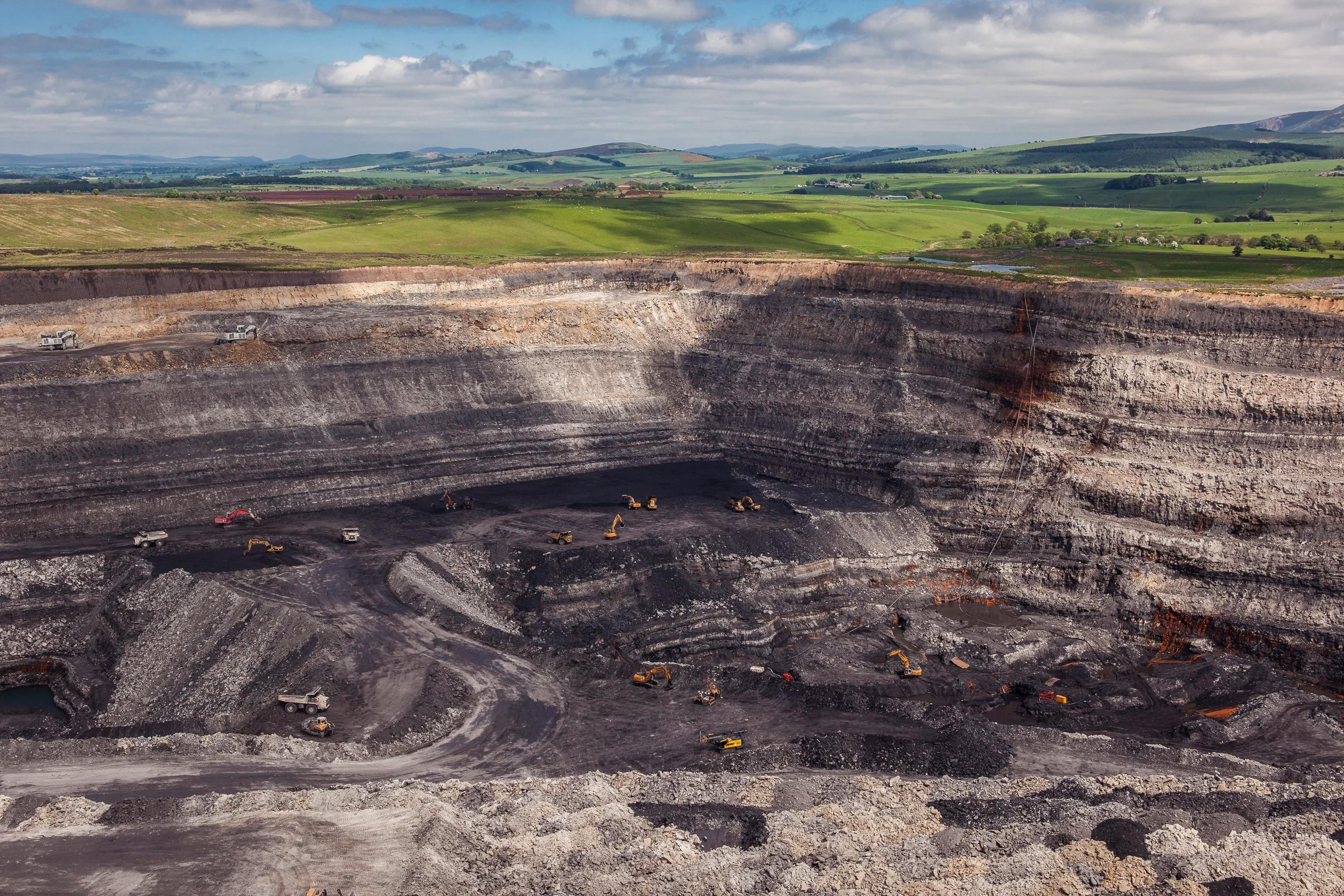Place yourself on the West Coast of the South Island of New Zealand, near the Franz Josef Glacier. Officially, this forest is a temperate podocarp-hardwood rainforest, but these dry words belie the rich diversity of plant life around, encompassing every imaginable shade of green, brown and grey. They also do an injustice to the experience of standing dwarfed by the soaring trunks of the 400-year-old rimu trees draped in moss, with their beautifully drooping branches of tiny deep-green needles like a million cascading green waterfalls. And then imagine standing in this forest during an all-too-common torrential rainstorm blown off the nearby Tasman Sea; the literal waterfall from the sky mirrors the vegetative waterfall, and your senses are overwhelmed by the power of water and vegetal life. To stand in this forest is to understand one of the most basic facts about life on Earth: trees are by far the most significant beings on this planet.
Every schoolchild learns some of these seemingly straightforward facts – trees provide us with sustenance, and their photosynthetic activity, along with that of phytoplankton, creates an atmosphere that enables our survival. Without them, the Earth would be uninhabitable – and with their rising rates of death and extinction, the Earth might indeed become uninhabitable soon. Trees also populate our imagination, and many schoolchildren become familiar with trees through fairytales where the forest looms large, or through Aboriginal cultures, where trees are regarded as community members. We are also becoming increasingly aware of the extent to which they improve our mental wellbeing.
And yet, despite the biological and cultural significance of trees, we rarely notice them – a phenomenon that scientists have described as ‘plant blindness’. This might have to do with the fact that they are immobile, or that they don’t appear to pose danger. It might also have to do with their marginalisation in Western thought – a fact that the philosopher Michael Marder in his book The Philosopher’s Plant (2014) attributes to Western philosophy’s self-understanding. Since Socrates, the primary aim of philosophising has been to save the soul from its bodily corruption. Yet, trees (and plants more generally) symbolise the ongoing transformations, and thus corruptions and degradations, associated with the living body: from growth to decay and eventually death. In other words, before us and in plain sight, they present precisely that from which we want to distance ourselves.
Even when philosophers turn their attention to understanding life processes, they largely ignore trees or relegate them to the periphery. In his Critique of the Power of Judgment (1790), Immanuel Kant regards trees as ‘self-organising’ but not as ‘alive’ – because they lack an essential characteristic of life: desire (which animals possess). In The Phenomenon of Life (1966), Hans Jonas argues that plants don’t possess a ‘world’ because they can’t be contrasted with their environments. Thus, while the animal-environment relation is one between a sensing, directed subject and a ‘world’, the plant-environment relation is between a nonsubject and nonobjects, or as Jonas puts it: ‘consists of adjacent matter and impinging forces’.
Kant and Jonas are no exceptions, but exemplify the rule: theoretical accounts of life, of the organism and its relation to the environment, rarely consider plants. This might be because, like Kant, we regard them as somehow lacking, or like Jonas, we identify them with the environment. After all, trees, like all plants, are rooted in the soil at a single location, making them the basic building blocks of an ‘environment’. They provide habitats, nourishment and shade for nonhuman and human animals, as well as a multiplicity of microorganisms and other plants. This seems to imply that trees are the ‘props’ of the animal stage – objects that are largely passive in contrast with the active work of humans and other animals.
The identification of tree with environment can, under some definitions, mean that trees are not, strictly speaking, ‘organisms’. This is because a key feature of organisms is their distinction from their environments (ie, the fact that they maintain themselves in the face of changes to their environments). Thus, although today we would not claim with Kant that trees are not ‘alive’, certain definitions of organisms logically imply that trees fundamentally differ from all other living beings.
But is it really the case that trees are simply the ‘stage setting’ for animal activity? In terms of numbers alone, this cannot be true, and a more apt metaphor would be that animals are the decorations or props on the Earth’s complex vegetal life system: more than 80 per cent of live carbon on the Earth resides in plants. Furthermore, alongside humans, trees are the dominant drivers of terrestrial biogeochemical cycles in the Anthropocene, influencing the Earth’s environment in ways that no (nonhuman) animal can. And, as recent research has shown, trees communicate to influence and transform their environments in ways that challenge our common understanding of both trees and environments.
This recent research, which has inspired a number of literary and artistic works focused on trees, prompts us to pose the following questions: if trees are not simply the environment, but active participants within it, then what exactly is the tree-environment relationship, and what can trees teach us about the very idea of an ‘environment’? What might we be able to learn from trees about the ways in which living beings relate to their environments more generally, and how might the tree-environment relation lead us to think about our own environmental connections and futures in new and productive ways?
Trees are the longest-living life form we know, and manifest their temporal and geographic histories within their very bodies. In both form and function, trees tell the stories of their individual past, which is intimately connected to the history of their microenvironments as well as that of the planet. This distinctive and intimate relation between trees and their temporal and geographic histories is what we call the ‘embodied history of trees’.
Tree rings are the best-known example of an embodied history, and offer a vivid instantiation of the way in which living beings ‘carry’ their past into the present. Wood formed during the spring growth-flush has large, thin-walled cells that are paler in colour than the smaller, thicker-walled cells produced in late summer, resulting in a repeating pattern of concentric rings. We know that trees grow fastest when they have ample water and sunlight, and when temperatures are warmest (at least in the northern hemisphere temperate region where most of the original work was done), so tree-ring width has been widely used to reconstruct past climates.
But tree rings record more than just growth rate: the chemical composition of wood contains a chronological archive of the environment and the tree’s response to that environment. The increasing atmospheric carbon-dioxide concentration over the past 100 years is recorded in the stable carbon isotope composition of tree rings, because the carbon dioxide produced during fossil-fuel burning has fewer of the naturally occurring, but rare, carbon atoms with 13 neutrons. This means that trees have an embodied record of both the industrial revolution, and our current stubborn dependency on fossil fuels. Trees, in other words, might be best able to tell us exactly when climate change began to occur, and determine the most viable starting point of our current geological era, the Anthropocene.
In an inspired study, researchers took a core from the stem of a Sitka spruce (Picea sitchensis) planted on Campbell Island – one of the most remote in the Southern Ocean – and found a peak in the radiocarbon composition within the annual growth ring for 1965. The peak reflects the fixation of atmospheric radiocarbon released during nuclear testing in the 1950s and ’60s. This, the scientists suggest, marks the beginning of the Anthropocene.
The tree story of the human transformation of biogeochemical cycles has overlain upon it the story of the tree’s own response to environmental stresses. We can tell the tree’s weekly story if annual rings are divided sequentially into thin slices and analysed separately. Hot and dry summers are recorded as narrow growth-rings with sharp peaks in carbon-13 and oxygen-18 composition, while mild, sunny summers with high rainfall result in broad-flat peaks and wide growth-rings. In this way, the embodied history of trees offers a window into the alien lives of plants – if we translate their stories through science.
A human equivalent to tree plasticity would be certain people growing webbed feet because they swim a lot
Of course, animals have embodied histories, too. The bones and tooth enamel in mammals are known to record a range of environmental and physiological signals during the time that they formed. For example, the radiocarbon concentration of femoral cortical bone (dense regions of thigh bones) has been used to determine the years during which terrestrial mammals such as brown bear and sika deer were in their adolescence, and the Irish potato famine is recorded in the stable carbon and nitrogen isotope composition of human teeth and bones. But these embodied histories are an integrative record, not chronological records like tree rings. The most widely used chronological animal embodied histories are the ear bones of fish. These tiny bones, called otoliths, grow at different rates over a year, resulting in annual rings just like tree rings, and their chemical composition can reveal details of fish migratory patterns and diet.
Thus, while all living beings carry their past with them into their present and future selves, trees embody their history in a way that is far more explicit and with greater detail and visibility than any other living being. The history of any particular tree is not hidden in an interior part, nor is it found in only one of its parts. As such, trees call attention to the historicity of life, demanding that we think of life not as static and machine-like, but as dynamic, context-sensitive, and plastic.
Trees are not only embodied recorders of their history, but also shapeshifters, whose structure transforms in relation to their environment. Put simply, trees express their context in their physical form. Trees of the same species can look significantly different depending on their growth environment and, even within an individual tree, the leaves at the shady bottom of the canopy are anatomically different (larger and thinner) from those at the top (smaller and thicker). When densely planted, trees grow long, straight trunks and small canopies, but when planted in a grass field, they grow shorter stems and broad crowns. The crown of a solitary oak spreads out in all directions, eventually achieving a dome shape, while an oak growing in a forest develops a small crown, and its growth is patterned on the growth of surrounding trees. Or think of a bonsai tree in contrast to its full-size sibling. Trees are so adaptive to their surroundings that a human equivalent to tree plasticity would be certain people growing large webbed feet (like diving flippers) simply because they swim a lot.
The intimate relationship between tree and context is expressed in every one of the tree’s parts, from the root to the crown. This is clear from the fact that two trees of the same species growing in different soils develop very differently, and not only in the later stages, but from the start. In humus-poor earth, the root of an oak is short, with far less branching than the same species in humus-rich soil. The tree senses its context from the beginning and develops in dialogue with it. Every one of its parts is, ultimately, telling the story of its distinctive context.
Trees are not merely receptive or passive in relation to their environment, they are also environmental engineers. Large trees exert a strong influence over their immediate environment, and urban trees alter the environment in ways that have clear benefits to humans. They provide what has been (perhaps problematically) described as ‘environmental ecosystem services’. We are all familiar with the shading and cooling effects of urban trees, but less well-known are the effects of large urban trees on aerosol pollution reduction, slope stabilisation and regulation of water flow within urban catchments. These ‘ecosystem services’ increase the desirability of suburban properties (think of agent descriptions of a ‘leafy suburb’), leading to broad correlations in the US between the extent of urban tree-canopy cover and median household income.
In forests, some tree species alter their environment in such radical ways that they determine the species composition around them. The giant kauri (Agathis australis), a species endemic to the northern regions of New Zealand, is one of the most sophisticated environmental engineers. Its fallen leaves create thick layers of humus on the forest floor. Over time, the highly acidic leachate from the humus can wash virtually all nutrients from the soil, resulting in a pale lens of low-nutrient, acidic soil within the root zone called a cup podzol. The plant communities growing on these highly modified soils are distinctly different to neighbouring communities.
Trees are also environmental engineers at the very largest scale. In the vast forests of the Amazon, trees drive the hydrological cycle by lifting soil water into their canopies where it evaporates and is released to the atmosphere as vapour, a process called transpiration. Hence, much of the water that falls as rain in the Amazon comes from transpiration (estimated to be 30 to 50 per cent), perhaps cycling a number of times from soil to atmosphere through trees before leaving the continent mostly via the massive river system. Furthermore, recent research in the southern Amazon has revealed that transpiration during the late dry season brings forward the dry-to-wet transition by two to three months. The dry season has been increasingly delayed in the southern Amazon in recent decades, prompting suggestions that continued clearing of land for agriculture and changes in fire regimes might trigger a collapse of the rainforest and the development of savannah.
The fact that trees are the material manifestation of their temporal and geographic history reveals a deep and inextricable relation between the tree and its environment. It demonstrates that any particular tree expresses its environment, and its environment is, in turn, an expression of the tree. This intimate relation between tree and environment might be most aptly expressed, to borrow from Marder’s book Plant-Thinking (2013), in terms of synecdoche (a part that signifies or expresses a whole): trees are a synecdoche for the environment.
The environment is an expression of the tree just as the tree is an expression of its environment
For Marder, the synecdoche is between plants and nature, where the plant’s activity of generation and development is representative of the characteristics that we associate with nature as a whole. The plant, then, is the part that represents the whole (nature). Our view is that there is a synecdoche between tree and environment. This is because the tree’s environment is literally inscribed on every part of the tree and on the tree as a whole. As a synecdoche for the environment, the tree stands for, or represents, its environment in each of its parts.
But the inverse is also true. The environment is an expression of the tree just as much as the tree is an expression of its environment. This is clear in the example of soil, which undergoes significant and lasting evolutionary changes as a direct result of the actions of a tree. Or, as the ecologists Richard Levins and Richard Lewontin put it in The Dialectical Biologist (1985): ‘the seedling is the “environment” of the soil’. The (seed) environment is, in other words, an expression of the seed.
However, trees do more than simply influence or transform their environment: they create it. By determining which aspects of their surroundings are relevant for their development, trees bring about their own microenvironment. And in so doing, they offer us a way to distinguish mere surroundings from environment. An environment – in contrast to surroundings – entails an ongoing, productive relating over time in a particular place. In other words, the very notion of ‘environment’ depends on and cannot be separated from those who actively participate in the environment, and trees are prime actors in this regard. To recall an example offered above, the Amazon is an expression of the trees that both make it up and regulate its hydrological cycles.
What we find, then, is a relation of reciprocal causation and dependency between tree and environment. Trees express their environments in their form and activity; and the environment is expressed (realised) in and through the trees. The one does not precede and effect the other. They emerge simultaneously and in relation to one another.
The tree-environment relationship appears to mirror our understanding of a living organism, in contrast to machines. An organism is composed of parts that are mutually causing and forming one another, such that the one (eg, the lungs) cannot exist without the other (eg, the heart), and the function of the one depends on the function of the other. The same kind of mutual dependence obtains between tree and environment – between a living being and its (in part nonliving, physical) context.
To claim that tree and environment are engaged in a process of reciprocal causation, such that the one cannot exist without the other, is to challenge the view that it is only living beings or organisms that are composed of mutually forming and interdependent parts (eg, heart and lungs). In other words, the tree-environment relation implies that what has long been recognised as the defining feature of individual organisms extends beyond them and can be found in the interactions between living (organism) and nonliving (environment).
But first, we must consider the sense in which the tree itself is an organism. Living beings or organisms have been traditionally designated as self-organising, a characteristic that is often associated with autonomy. This is because organisms are recognised as capable of maintaining themselves (through growth, healing, nourishment, and reproduction) in opposition to environmental influences (even if they also rely on their environments).
Trees appear to undermine this understanding of organisms – and it might be for this reason, as we mentioned above, that they have been largely ignored. For one, trees do not stand in contrast to their environments, but sense their environments and adjust their form accordingly. Furthermore, they alter their environments to suit their form. Both of these facts imply that the environment is in some significant sense a member or a part of the tree. As such, it is difficult to determine where ‘organism’ ends and ‘environment’ begins. In what sense, then, can a tree be designated as an organism?
There appear to be lifelike capacities or qualities in what is, strictly speaking, not alive
A first answer might be gained from considering the fact that the various parts of any tree express a unified response to the tree’s environment. No part acts haphazardly or in contrast to the other parts. This is vividly captured in the example of the oaks offered above. In the humus-poor earth, the root, just as much as any other part of the tree, expresses its environment. The tree does not begin with the aspiration of becoming a very large oak and adapt only afterwards. Rather, from the very beginning the tree senses its context and emerges in dialogue with it. This unity or coherence in the tree’s response is possible only if the various parts of the tree emerge interdependently. The parts, in other words, cannot exist independently of one another or pre-exist the whole, but actively form and inform one another, such that the one cannot exist without the other. In this sense, the tree is an organism – an organised unity or whole.
However, precisely because it is in response to its environment that a tree emerges as a whole, it cannot be understood in contrast to its environment. Rather, the tree emerges as a whole only in its environment. Its unity is not isolated from its environment, which means that its structure as an organism is not ‘autonomous’ and ‘self-generative’, but dialogical, responsive and fluid, both internally and in relation to the environment.
The consequences of this view challenge us to think carefully about the relation between organism and environment, and about the line we usually draw between life and nonlife. For if we begin to conceive of the environment as an essential component of the tree organism, then we must conclude that the physical environment is neither something external to the tree, nor something inert or dead, in opposition to the living character of the tree. Rather, we must begin to recognise that the processes we usually identify with life are also present in the relations between life and nonlife. In other words, there appear to be lifelike capacities or qualities in what is, strictly speaking, not alive in the sense that it does not (at least not explicitly) grow, heal, nourish and propagate. The tree-environment relation thus leads us to think about environments differently – not as assemblages of inert objects, or as meaningful only in relation to particular (individual) organisms, but as members or parts of organisms, and thus as ‘alive’ in some sense, even if they don’t appear to be growing, healing, nourishing and propagating in the manner of individual organisms.
The embodied history of trees and the tree-environment synecdoche offer important insights that require us to think carefully about our understanding of ‘nature’ and our self-understanding.
In the first place, the tree-environment synecdoche offers a path for thinking about nature in more fluid and capacious ways, in ways that might be better able to address environmental sustainability and multispecies justice. In the era of the Anthropocene, new ontologies of nature are needed: ones that are able to accommodate and take account not only of individual species and their competing interests, but also of environments, and relations that undergird and enable the emergence of species. The tree-environment relation allows us to see beyond individual autonomy without losing integrity, and thereby takes us a step further toward understanding the complex and varied demands of sustainability and justice in the Anthropocene.
It also challenges us – especially if we begin to conceive of trees not as passive elements in an environment, but as active members, transforming, influencing and creating an environment. It challenges us, in other words, to think again, and to think differently, about what we mean by subjectivity and agency and whether trees can be described as agents with interests, in a meaningful and significant way. The liberal-democratic conception of a rights-bearing subject implies, as the political philosopher Martha Nussbaum puts it, that the subject be ‘able to move freely, from place to place’ and possess ‘bodily boundaries’. On this account, trees can never be regarded as subjects with rights.
This leads to a second challenge: the challenge not only to think differently about trees but also about ourselves. What if we should not regard ourselves as agents in the way Nussbaum enumerates? What if, in the age of the Anthropocene, there is something problematic about regarding mobility as an essential feature of subjectivity and agency?
After all, as mobile as we might think of ourselves, we are ultimately bound to the planet. In fact, it is the forgetting of our boundedness, of our dependence on healthy soil, clean water and air, forests, swamps and deserts, that has brought us to the suicidal situation in which we find ourselves. Remembering our boundedness, remembering our tree-like character, might serve an important step in transforming the way we think about ourselves, our place and our environmental future.
What might we learn and how might our behaviour change if we discarded the model of agency founded on mobility, autonomy and sovereignty, and adopted the model that trees offer us: rootedness, relationality, dialogue and responsiveness?
